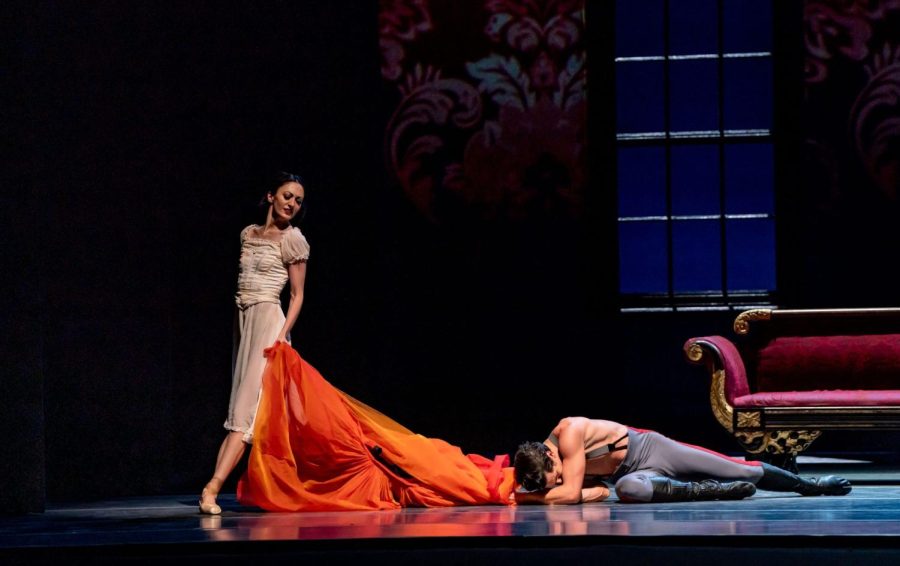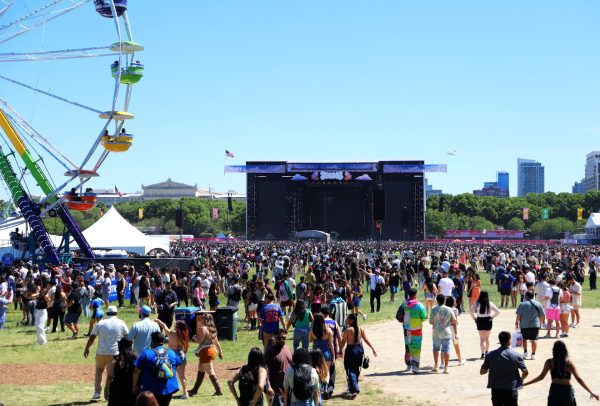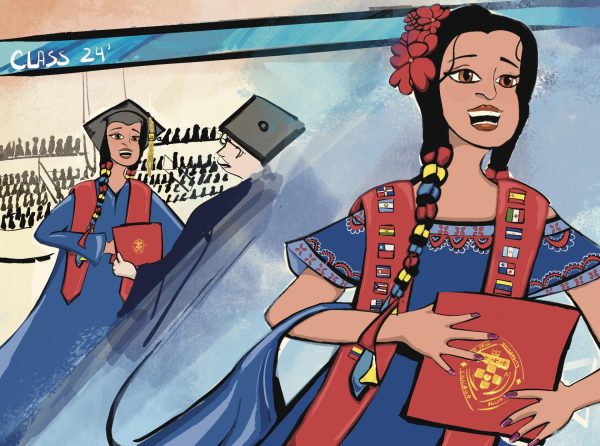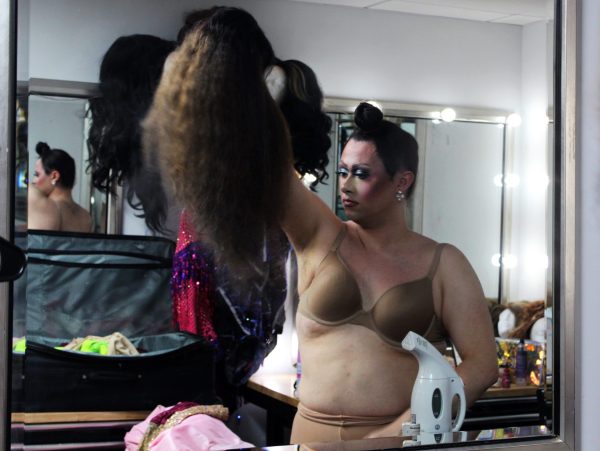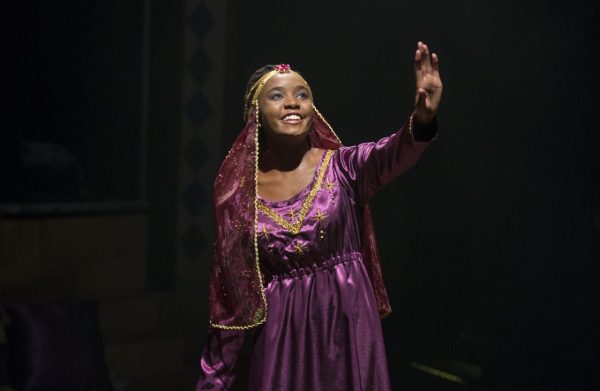Anna Karenina at the Joffrey Ballet finds beauty in tragedy
Cheryl Mann | The Joffrey Ballet
The Joffery Ballet hosts its production of “Anna Karenina.” The performance is based on Leo Tolstoy’s novel of the same name.
When it comes to finding stories that adapt well for the stage, the ballet world has frequently turned to literature for some of its most revered works. From “Romeo & Juliet” to “Don Quixote,” the sweeping romance and epic narratives of classic literature have yielded decades’ worth of beloved ballets. For the next week, the Joffrey Ballet will play home to one such classic, Leo Tolstoy’s “Anna Karenina,” choreographed by Yuri Possokhov. In spite of unrest outside their performance hall, Joffrey delivers a stunning rendition of “Anna Karenina,” anchored by mesmerizing performances and clever production design.
“Anna Karenina” tells the tragic tale of the eponymous Anna (Jaiani), a beautiful but haunted woman swept away in a love triangle between her steadfast husband Alexey (Gutierrez) and the charismatic Count Vronsky (Velazquez). As the years go by, Anna’s life becomes a whirlwind of mystery, mysticism and romance, but the harder she falls, the closer she comes towards danger, and soon her life is entrenched in darkness.
It would be impossible, though, to review the opening night of Joffrey’s stunning ballet without first acknowledging the controversy that has surrounded the performance. Chicago’s Ukrainian community staged a protest outside the Lyric Opera on “Anna Karenina’s” opening night, taking issue with the Joffrey’s decision to feature a Russian ballet in their programming in light of the Russian invasion of Ukraine. Prior to the performance, the Joffrey lit the walls of the Lyric with a wash of yellow and blue light and played a rendition of a classical piece by a Ukrainian composer, in addition to delivering a statement about their solidarity with the people of Ukraine and their support of the community.
When the curtain rose, though, audiences were treated to an original score by Ilya Demutsky, performed by the Lyric Orchestra and featuring intermittent operatic vocals. Demutsky’s compositions for “Anna Karenina” are grandiose and romantic, but also appropriately discordant and cacophonous, often featuring jarring brass sections and synths peppered among the more traditional romantic strings.
The score feels almost tertiary when the Joffrey’s performers are onstage, though. Velazquez, Jaiani and Gutierrez make for an electric trio. Together, they illuminate the stage with passion and tragedy, though each with their own singular presence and depth which in turn lifts the performances of their fellow dancers. Gutierrez’s intimidating stature and ramrod posture bring to life the powerful but stifled Alexey, where Velazquez’s Vronsky, a head and shoulders shorter than Gutierrez, slinks around stage with all the charm and seduction of the Vronsky in Tolstoy’s famous novel.
At the center of it all, though, is Jaiani’s Anna, whose haunted expression and spindly frame anchor the entire ballet, the mesmerizing tragedy of her performance in turn driving the feel of the production. The expressiveness of her features is rivaled only by the strength of her technique and athleticism, especially in the act two pas des trois, which is a highlight of the entire ballet and features all three leads at their most effective.
The true icing on the cake of Joffrey’s “Anna Karenina” is the production design,particularly the lighting and costuming. Costume designer Tom Pye clothes the ensemble in heavy, rich fabrics and ever-twirling skirts reminiscent of Christian Dior’s new look silhouette. The fabric choices, especially for Anais Bueno’s flighty princess Kitty, only serve to elevate the regal majesty and grandiose romanticism of “Anna Karenina.”
The lighting design, courtesy of Chris Maravich, also brings a majesty tinged with danger and despair to the already-impressive choreography. Anna’s death scene in the finale is a stunning testament to the combined efforts of Maravich and Pye. As she throws herself in front of a train, the audience watches in awe as her clothes seemingly disintegrate like feathers and her silhouette is engulfed by the oncoming light.
It is a tragic, masterful finale to a stunning ballet, whose effectiveness is unfortunately hampered by the continued presence of Kitty and Levin, their humble country life epilogue an unnecessary distraction from the epic ending of Anna’s story. Still, the needlessly lengthy epilogue is hardly more than a rare misstep, nowhere near enough to truly detract from the Joffrey Ballet’s tremendous, captivating “Anna Karenina.”


